Year 3
Ms Sapardanis, Ms Conforto, Ms Crothers, Ms Marshall, Ms Murphy & Ms Michetti

Year 3
Ms Sapardanis, Ms Conforto, Ms Crothers, Ms Marshall, Ms Murphy & Ms Michetti
In Literacy, students have been learning to use noun groups in simple sentences. We understand that a noun group involves two or three adjectives to describe a noun. The students have also been learning about how to use present tense correctly. We know that present tense verbs can be written in three different ways depending on the context of the sentence. Present tense verbs can be written in their base form (run), when using a third person singular noun (runs) or we can add the suffix ‘-ing’ (running). These all show verbs written in present tense. Students have learnt to use comparative adjectives and understand that when we use a comparative adjective in a sentence, it needs to be comparing two nouns. We have also been practising writing compound and complex sentences using different conjunctions. We know that for compound sentences the conjunction needs to go in the middle of two simple sentences and for complex sentences the conjunction can go at the beginning or middle of the sentence.
In Word Work, students have been continuing to build their understanding of prefixes and suffixes. We have learnt the prefix ‘dis’ which is similar to the prefix ‘un’ as they both mean ‘not’. We are also learning about the prefix ‘pre’, meaning ‘before’. We have built our understanding by learning a range of words with these prefixes and putting the correct word into a sentence by typing it onto Seesaw. To extend ourselves further, we have put these words into our own sentences.
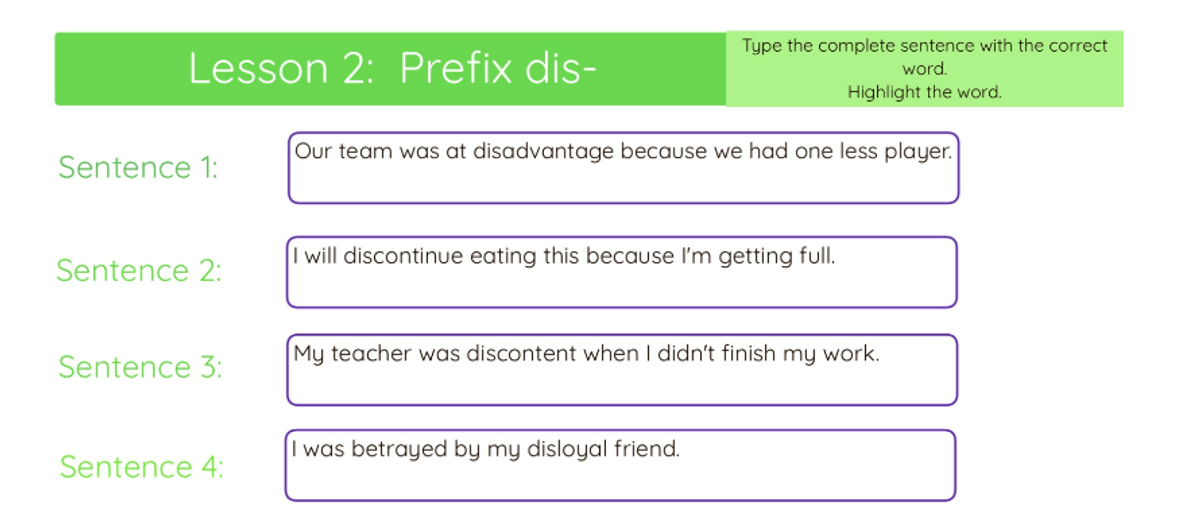

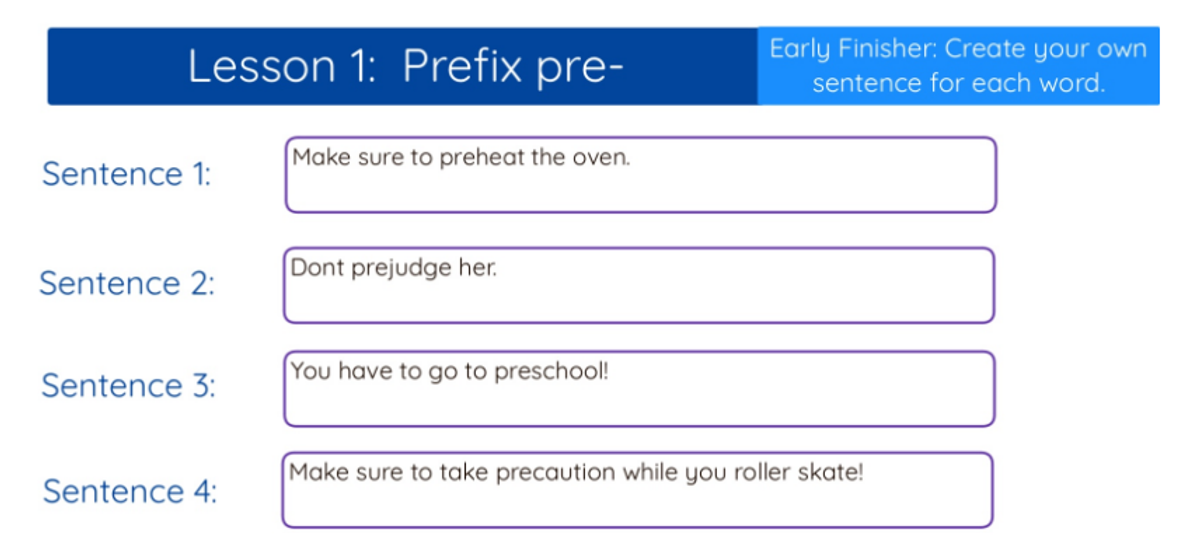

In Knowledge, we have begun our unit on the First Australians. We have been learnt how archaeologists discovered evidence of early human activity through ancient artefacts, including stone tools, animal bones, and artwork. We have also been exploring the concept of Country and what it means to Aboriginal and Torres Strait Islander people. Students have been enjoying learning about the different nations and parts of their culture.
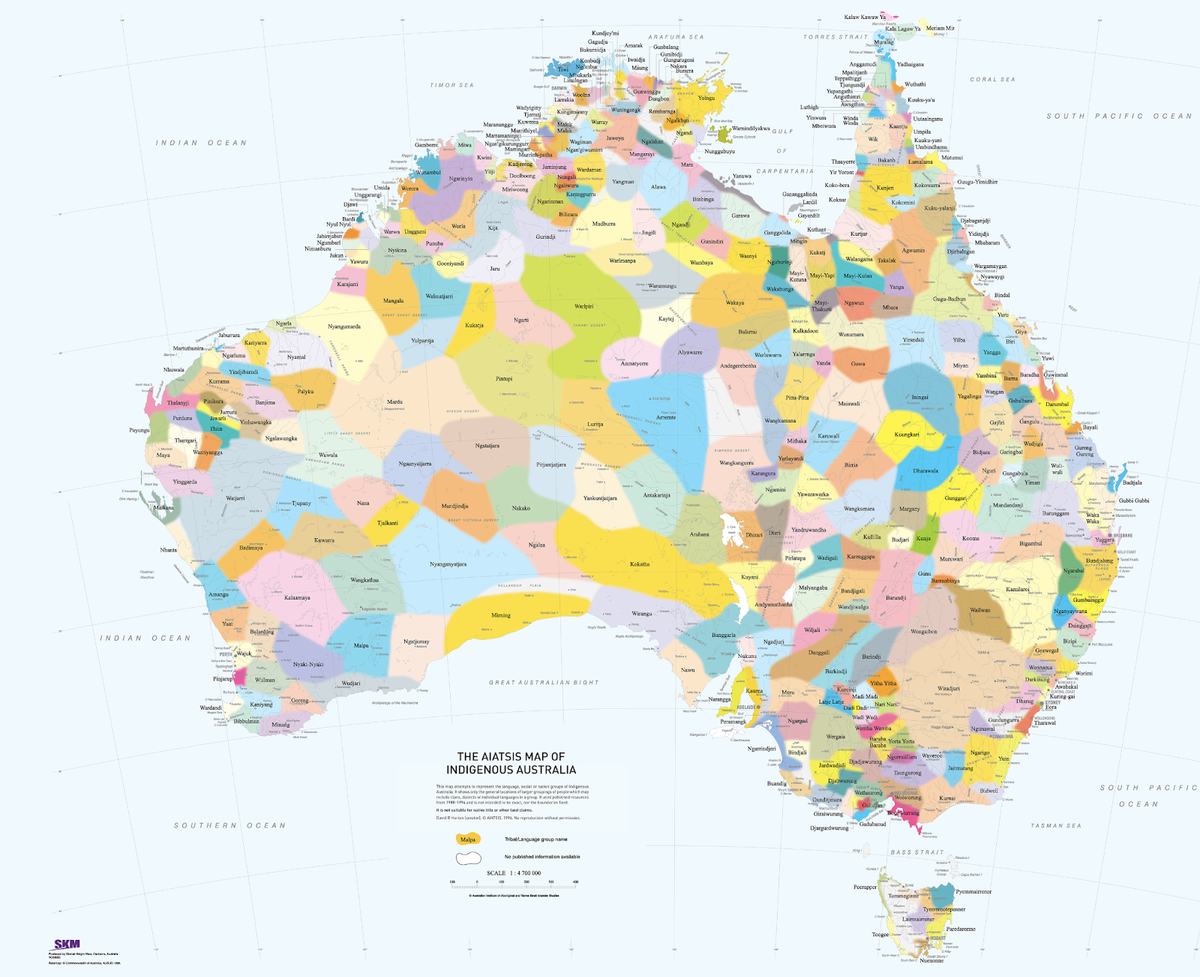

In Numeracy, students have been learning how to interpret worded-problems and use one of the four operations (Addition, Subtraction, Multiplication or Division) to solve the problem. Students begin by reading a real-life scenario, circling important numbers, underlining important words and then writing the equation. After students have solved the equation, they write their answer in a full sentence. Students have loved using critical thinking skills to challenge themselves to solve multi-step equations, too!
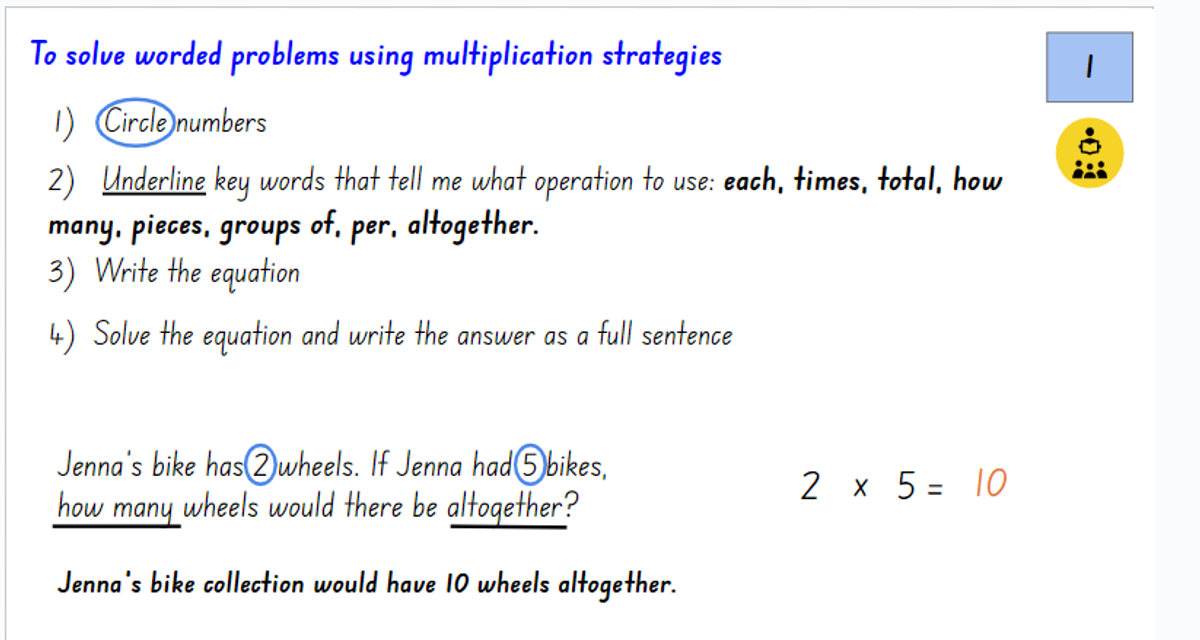

In Numeracy, students have also been reviewing language relating to chance. We have been exploring what impossible, unlikely, even chance, likely, and certain mean and what sort of events and outcomes would fit into each category of chance. Students have been given situations and outcomes and needed to decide what element of chance it holds, for example: What is the chance of pulling out a yellow marble? It is impossible as there are no yellow marbles in the bag.
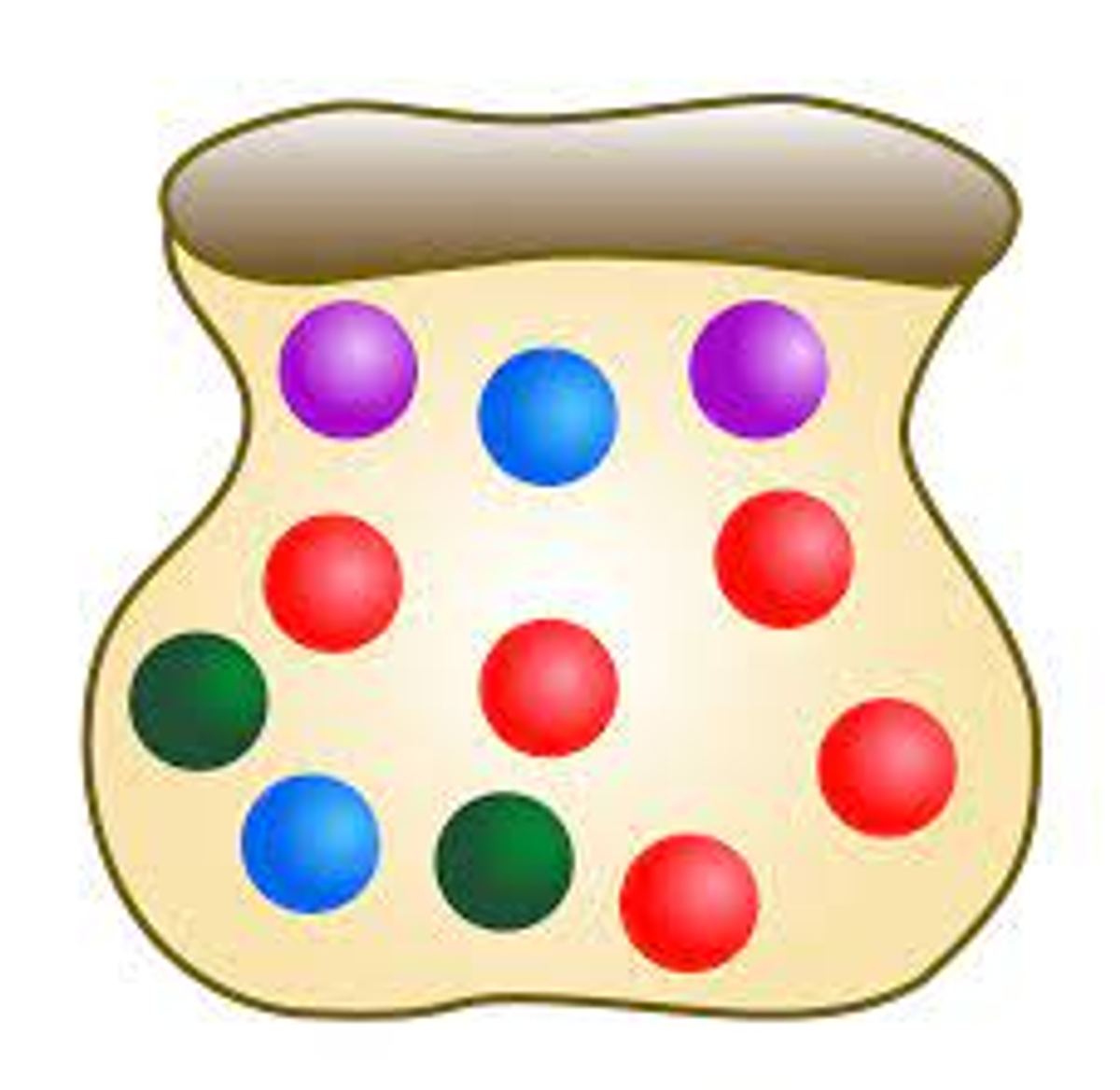

In AUSLAN, students have been learning the AUSLAN signs for Clothing and Medical/Health Vocabulary. Students have also enjoyed reviewing the past signs that they have learned, such as those for Fruit, Zoo Animals and Feelings.
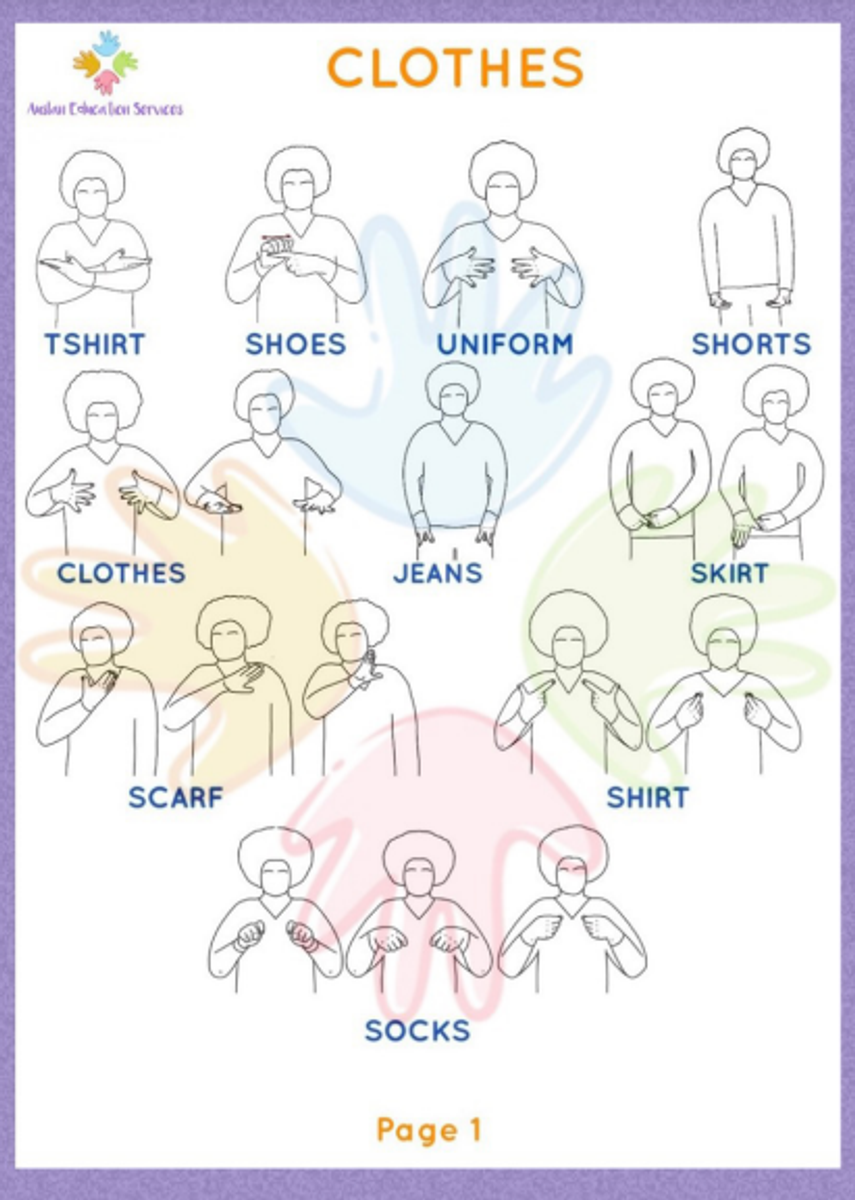

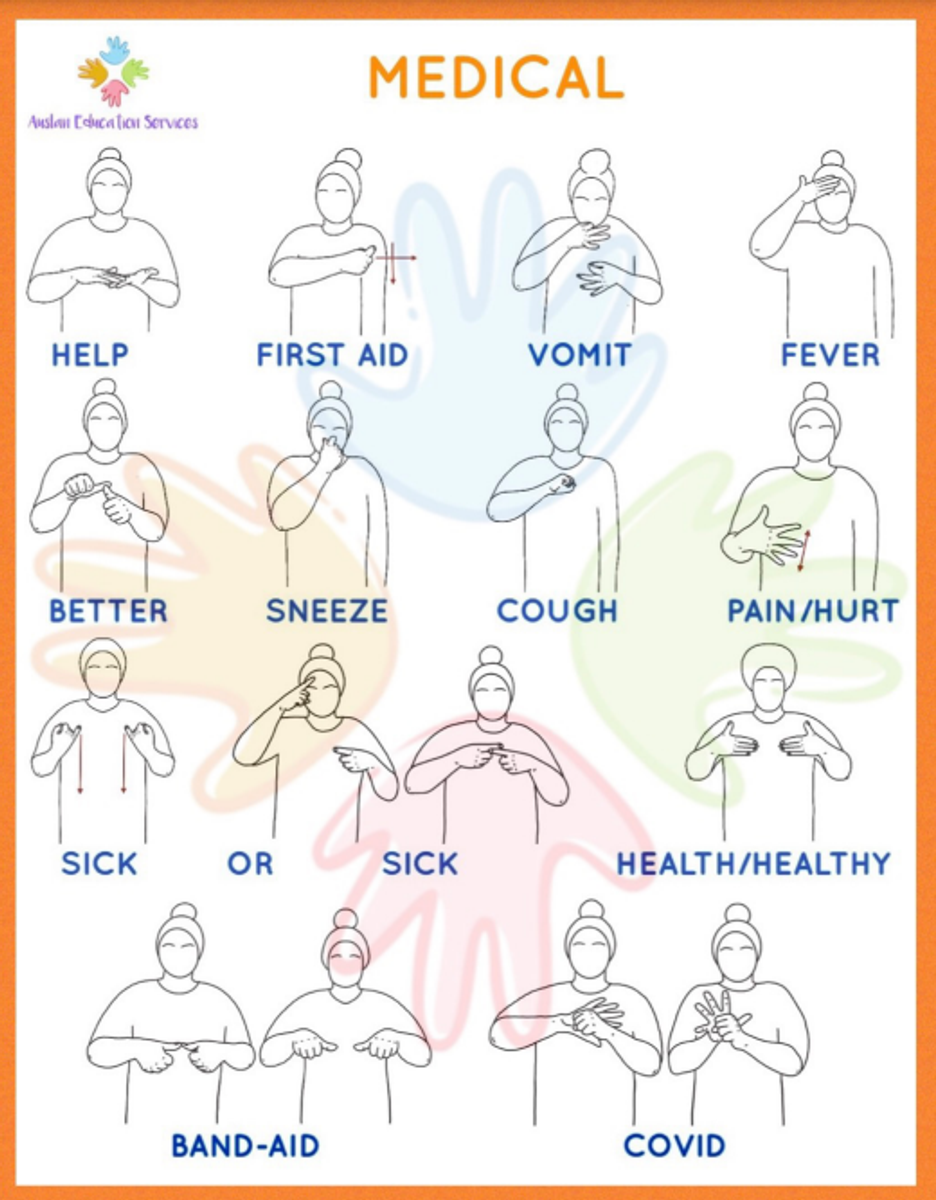

In SEL we are focusing on identifying our emotions and the different ways we can change how we are feeling. This has included using positive affirmations, ‘cool down’ strategies, and discussing the things in life that we are grateful for. Some activities we have completed to help us better understand our emotions have been playing emotional charades, creating songs, and drawing gratitude maps. Our students have really enjoyed these lessons and it has been great to see them positively expressing their feelings.